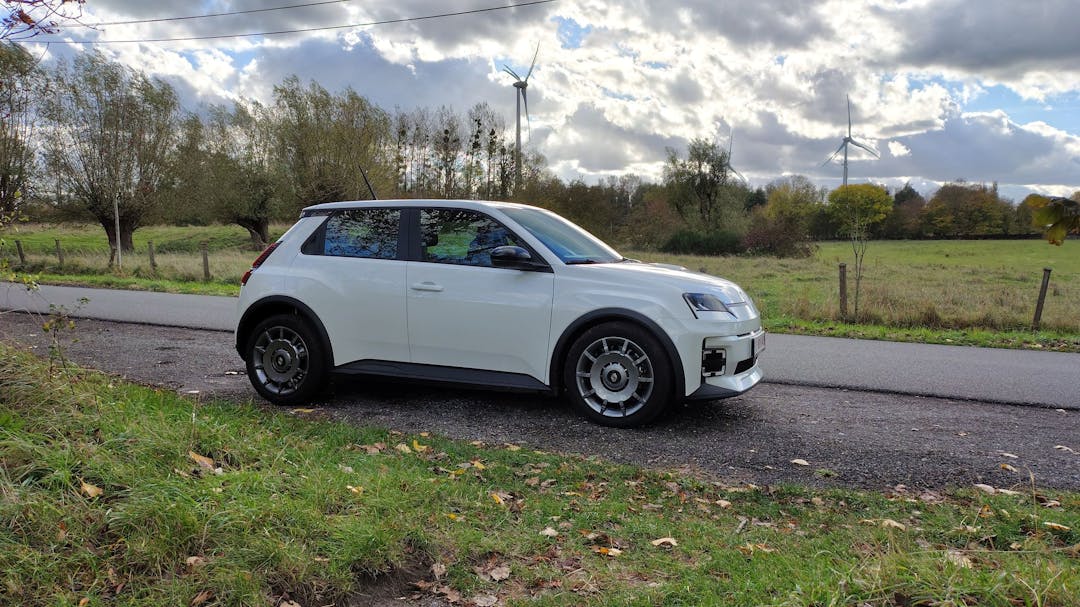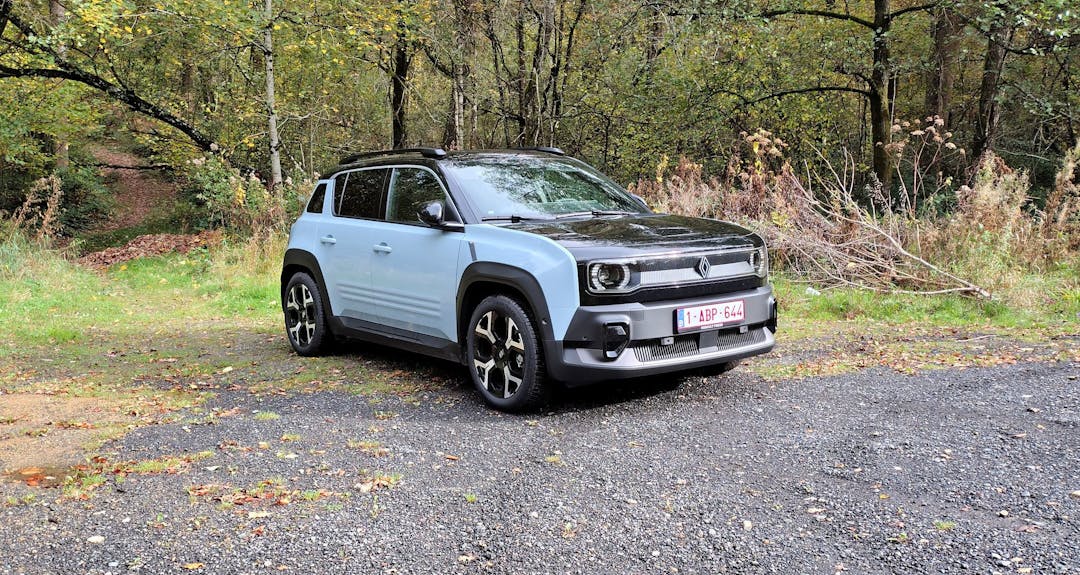
TAGTIK NEWS - TO THE POINT
Which vegetables are best kept in the refrigerator and which not?

Life has become expensive recently, as we especially realize when doing our weekly shopping. We do not always have the opportunity or time to buy food like fruits and vegetables daily. Particularly when buying vegetables for a week or several days, it is crucial to know how and where to keep them fresh for as long as possible. We also want to preserve their quality as much as possible. Not all vegetables need to be stored in the fridge, but for some, it is necessary.
Which vegetables should you best store in the fridge and which not?
In the fridge
The vegetable drawer in your fridge is the ideal place to store fresh vegetables. The following vegetables are best stored there: lettuce, endives, cabbages such as cauliflower, broccoli, and sprouts, including leeks and celery.
It is best to wrap lettuce and endives in damp paper. You can poke holes in leeks and celery to keep them fresh for longer. Do not store mushrooms in plastic bags or trays, but in a paper bag, or they will spoil too quickly.
All pre-cut vegetables are also best stored in the fridge, regardless of type. It is best to keep them in their original packaging.
Outside the fridge
Not all vegetables like the cold of the fridge and store better outside it. Place them in a dark and cool place like a cellar or shed. They are then shelf-stable for up to 2 weeks. Foil, like around cucumbers, prevents them from drying out and is best not removed. Vegetables such as peppers and aubergines should not be placed on a dish with fruits or tomatoes. They are sensitive to ethylene, a gas emitted by bananas, pears, apples, and tomatoes. Also, potatoes and onions are best not stored next to each other.
And what about tomatoes?
Tomatoes love warmth. They come from greenhouses or warm countries where it is nice and warm. Therefore, tomatoes quickly lose their taste in a fridge. Therefore, store ripe tomatoes outside the fridge in a dry place. Only when they are overripened, put them in the fridge.
(FVDV - Illustration: ©Unsplash)
LATEST NEWS

Born November 1 – Anthony Kiedis, tattooed singer of the Red Hot Chili Peppers

Born October 31: Johnny Marr, the guitarist of The Smiths, doesn't look back

Born on October 31st: Annabella Lwin, eternal teenage singer of Bow Wow Wow

Renault 5 E-Tech Urban Range review: more provincial than urban

Concert: Lady Gaga returns to Belgium after more than 8 years of absence

Renault 4 E-Tech test: drive a new lease of life!
Quick links